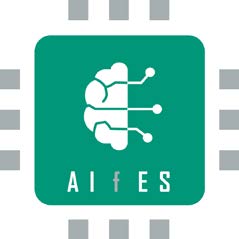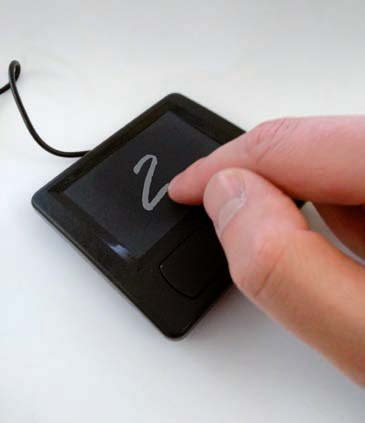Artificial intelligence for microelectronics and sensors
Researchers at Fraunhofer IMS have developed artificial intelligence (AI) for microcontrollers and sensors that comprises a fully configurable artificial neural network – a platform-independent machine learning library with which self-learning microelectronics can be realized.


Microcontrollers are built into almost every technical device – from washing machines to blood pressure monitors to wearables. So far, software solutions for machine learning have only been available for PCs, and use Python as programming language. There is not yet a solution that enables the execution and training of neural networks even on embedded systems such as microcontrollers.
Machine learning on embedded systems
In AIfES (Artificial Intelligence for Embedded Systems), the Fraunhofer Institute for Microelectronic Circuits and Systems IMS has implemented the vision of a sensor-related AI. This AI is directly integrated into a sensor system. Therefore, training can be undergone straight on the embedded system. In this way, for example, an implanted sensor can calibrate itself. AIfES is a platform- independent and constantly growing machine learning library that is based on the C programming language and exclusively uses standard libraries based on the GNU Compiler Collection (GCC). AIfES already contains a fully configurable artificial neural network (ANN), with a feedforward structure, which can create deep networks for deep learning processes if required. The Fraunhofer IMS team has reduced the source code to a minimum, allowing the ANN to be trained on a microcontroller, too. In addition, the source code is universally valid so that it can be used on other platforms such as PC, Raspberry PI, or Android.
Protecting and reducing data
Independent of more powerful external computers or cloud solutions, AIfES is able to learn on its own. This means that no sensitive data leave the system and data protection can be guaranteed. In order to also reduce the amount of data, only very small neural networks are set up for each task. In addition, AIfES allows the computing power to be decentralized by small embedded systems adopting the data before processing and then making the results available to a higher-level system. This considerably reduces the amount of data to be transferred.
Recognizing and monitoring gestures
The near-sensor AI from Fraunhofer IMS supports handwriting and gesture recognition. If the library is running on a wearable, for example, the input can be controlled by gesture. This makes the integration of AIfES in a wide variety of applications a possibility: for example, a wristband with integrated gesture recognition could be used to control the lighting in a building. Not only gesture recognition is possible; the system can even monitor how well a gesture was executed. In the rehabilitation or fitness sectors, exercises and sequences of motion could be evaluated even if no trainer is present. Since no camera or cloud is used, privacy remains protected.
Last modified: